Tine (33) has lived with alopecia areata since childhood, a condition that causes partial baldness. Since the age of 30, she has worn wigs, alternating them with our soft hats. For Rosette la Vedette, she shares her doubts, hesitations and insecurities—but above all her tips as someone with first-hand experience. Her goal? To help you choose a wig that fits perfectly and makes you feel confident.
A wig for alopecia areata
Tine is the proud mom of two boys. During the day, she wears a wig, and in the evenings she loves the comfort of Rosette la Vedette hats. You may already recognize her—she posed as a model for some of our new collections.
We were so impressed by her flair and radiance that we asked her to share her ultimate wig tips and tricks. Not because we believe everyone with alopecia has to wear a wig, hat or scarf. But if you choose to, it’s helpful to get advice from someone who truly knows what it’s like.

Google “buying a wig”
Tine: “I’ve had alopecia since I was five. As a child, I wore caps and hats to cover bald patches. Around age 24, my hair started growing back, but by the time I turned 30, it fell out completely in just a short period. For a young woman, that’s very tough. Going out without hair wasn’t an option for me. When I asked my dermatologist for advice, all I got was a reimbursement form for a wig. When I asked for specific addresses or experts, the answer was: ‘Just Google it.’”

Trial and error
“I felt very much on my own at that point. Through Google, I found a shop and bought a small hairpiece—my hair wasn’t fully gone yet—but it turned out to be a disappointment. It was synthetic hair, which after one wash no longer felt smooth and started to tangle.”
After that, Tine visited several wig shops. Following a long search, she finally found a wig she loved at a local wig specialist store near Ghent.
“Unfortunately, a wig only lasts about a year and a half at most. By now I already have another one, but I feel less happy with it.” From those experiences, she distilled her six ultimate tips for choosing a wig.

Tine’s 6 personal tips for choosing a wig with alopecia
Tip 1: Bring a photo with you
If you have a photo of yourself before hair loss, bring it along. This helps the stylist understand what you’re used to and how you looked. Radical changes often don’t work. My own hair used to be very fine, and most wigs looked too voluminous on me.
Tip 2: Go for real hair if you want a natural feel
Synthetic or real hair? It’s a matter of taste. Synthetic wigs are cheaper, but I prefer real hair because it feels more natural to me—though that’s very personal. Outsiders often don’t see the difference.
Tip 3: Try the wig with different outfits
Can’t decide between a few styles? Ask if you can try them at home with different outfits: festive, casual, everyday.

Tip 4: Check if you can style it in different ways
If you choose long or mid-length hair, test whether you can wear it in a ponytail, with clips, etc., and if you like how it looks. I once bought a wig with mid-length layered hair and only later noticed it looked unnatural when tied back. The hairline wasn’t right, so now my hair often falls in my face and gets greasy more quickly. Very annoying! My previous wig could be styled in many ways.
Tip 5: Trust your gut
Don’t let pushy salespeople influence you, and don’t rely too much on family and friends when making the choice. Only you can feel what the wig does for you. If you have doubts, don’t do it. The right wig makes you instantly feel confident, beautiful and comfortable. For me, it felt a bit like choosing a wedding dress—when you find the right one, you just know.
Tip 6: Don’t rush the decision
A high-quality wig made of real hair easily costs €1,800 to €3,000. In Belgium, alopecia patients get a €180 reimbursement every two years. On average, you’ll wear a wig for about a year to a year and a half. So don’t make a hasty decision.

Did you know wigs also need regular washing?
Tine: “A wig made of real hair should be washed every three to four weeks. Annick from Het Haarhuis used to do this for me, but now I do it myself. She taught me how. My current shorter wig gets greasy faster, so I wash it every two weeks—which unfortunately isn’t great for the wig. Sometimes I still take it to Annick for extra care treatments and pigment touch-ups. That helps against discoloration.”
Curious about Tine’s lashes and brows?
Want to know how Tine tackled the loss of her eyebrows and eyelashes? Don’t miss our article Alopecia and Beauty: Tine Shares Her Journey to Natural-Looking Lashes and Brows/en/blogs/news/alopecia-lashes-brows-tipsv, where she shares her personal beauty tips.

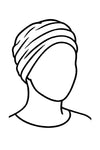
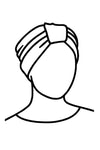

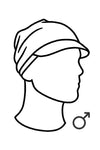
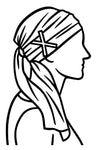


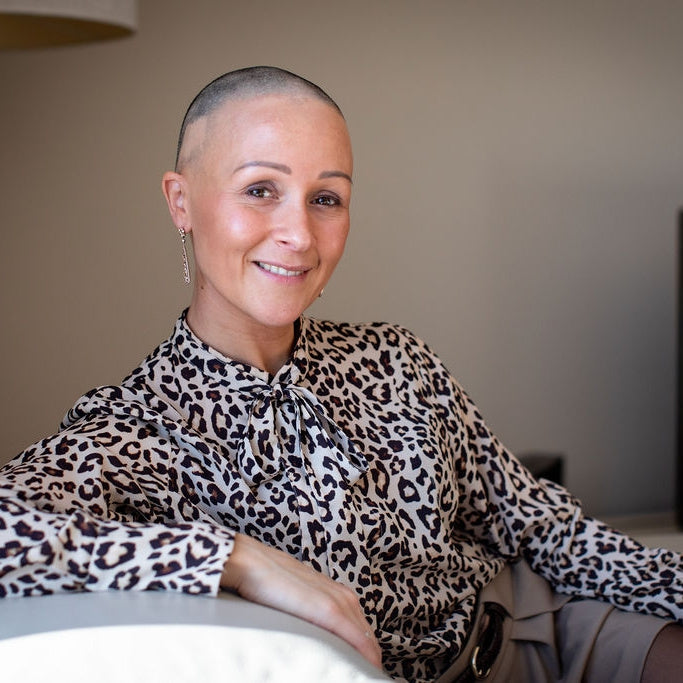
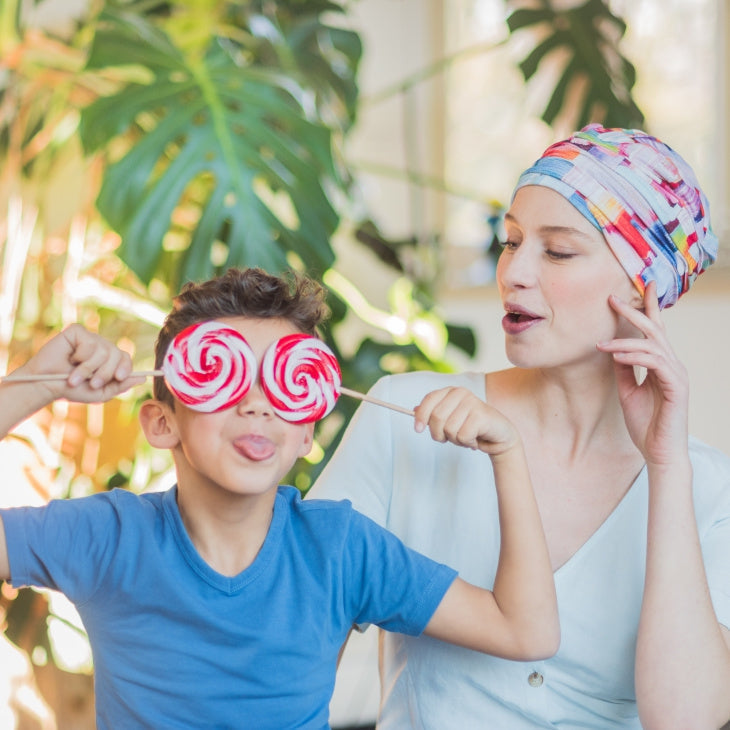
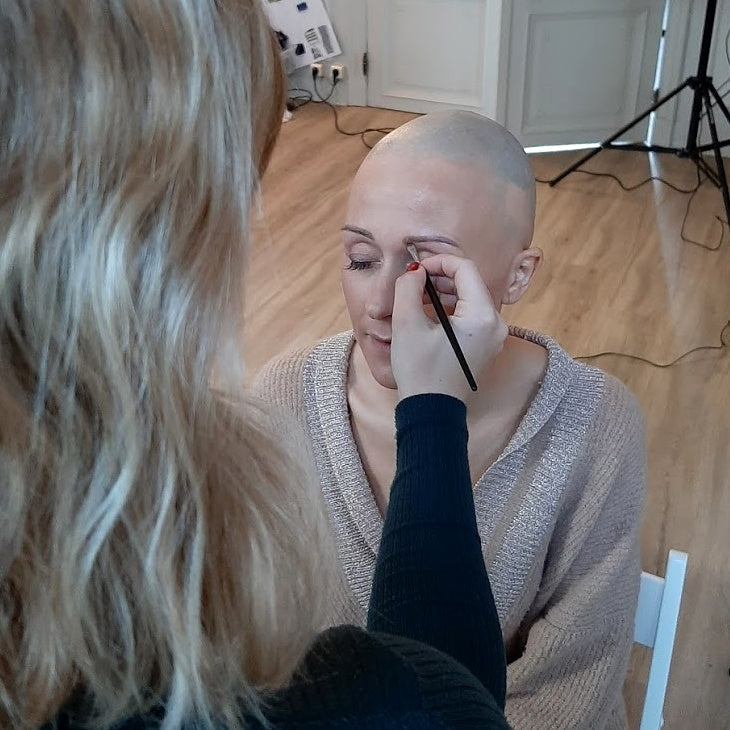
Leave a comment
All comments are moderated before being published.
This site is protected by hCaptcha and the hCaptcha Privacy Policy and Terms of Service apply.